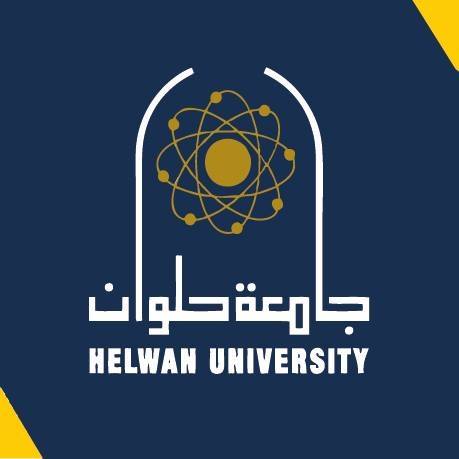اشترك بالحزمة الذهبية واحصل على وصول غير محدود شمرا أكاديميا
تسجيل مستخدم جديدSemi-empirical formulation of multiple scattering for Gaussian beam model of heavy charged particles stopping in tissue-like matter
122
0
0.0
(
0
)
تأليف
Nobuyuki Kanematsu
اسأل ChatGPT حول البحث

ﻻ يوجد ملخص باللغة العربية
Dose calculation for radiotherapy with protons and heavier ions deals with a large volume of path integrals involving a scattering power of body tissue. This work provides a simple model for such demanding applications. There is an approximate linearity between RMS end-point displacement and range of incident particles in water, empirically found in measurements and detailed calculations. This fact was translated into a simple linear formula, from which the scattering power that is only inversely proportional to residual range was derived. The simplicity enabled analytical formulation for ions stopping in water, which was designed to be equivalent with the extended Highland model and agreed with measurements within 2% or 0.02 cm in RMS displacement. The simplicity will also improve the efficiency of numerical path integrals in the presence of heterogeneity.
قيم البحث
اقرأ أيضاً
This study provides an accurate, efficient, and simple multiple scattering formulation for heavy charged particles such as protons and heavier ions with a new form of scattering power that is a key quantity for beam transport in matter. The Highland
formula for multiple scattering angle was modified to a scattering-power formula to be used within the Fermi-Eyges theory in the presence of heterogeneity. An analytical formula for RMS end-point displacement in homogeneous matter was also derived for arbitrary ions. The formulation was examined in terms of RMS angles and displacements in comparison with other formulations and measurements. The results for protons, helium ions, and carbon ions in water agreed with them at a level of 2% or the differences were discussed.
The pencil-beam model is valid only when elementary Gaussian beams are small enough with respect to lateral heterogeneity of a medium, which is not always the case in heavy charged particle radiotherapy. This work addresses a solution for this proble
m by applying our discovery of self-similar nature of Gaussian distributions. In this method, Gaussian beams split into narrower and deflecting daughter beams when their size has exceeded the lateral heterogeneity limit. They will be automatically arranged with modulated areal density for accurate and efficient dose calculations. The effectiveness was assessed in an carbon-ion beam experiment in presence of steep range compensation, where the splitting calculation reproduced the detour effect of imperfect compensation amounting up to about 10% or as large as the lateral particle disequilibrium effect. The efficiency was analyzed in calculations for carbon-ion and proton radiations with a heterogeneous phantom model, where the splitting calculations took about a minute and were factor of 5 slower than the non-splitting ones. The beam-splitting method is reasonably accurate, efficient, and general so that it can be potentially used in various pencil-beam algorithms.
A model for beam customization with collimators and a range-compensating filter based on the phase-space theory for beam transport is presented for dose distribution calculation in treatment planning of radiotherapy with protons and heavier ions. Ind
ependent handling of pencil beams in conventional pencil-beam algorithms causes unphysical collimator-height dependence in the middle of large fields, which is resolved by the framework comprised of generation, transport, collimation, regeneration, range-compensation, and edge-sharpening processes with a matrix of pencil beams. The model was verified to be consistent with measurement and analytic estimation at a submillimeter level in penumbra of individual collimators with a combinational-collimated carbon-ion beam. The model computation is fast, accurate, and readily applicable to pencil-beam algorithms in treatment planning with capability of combinational collimation to make best use of the beam-customization devices.
A broad-beam-delivery system for heavy-charged-particle radiotherapy often employs multiple collimators and a range-compensating filter, which potentially offer complex beam customization. In treatment planning, it is however difficult for a conventi
onal pencil-beam algorithm to deal with these structures due to beam-size growth during transport. This study aims to resolve the problem with a novel computational model. The pencil beams are initially defined at the range compensating filter with angular-acceptance correction for the upstream collimators followed by the range compensation effects. They are individually transported with possible splitting near the downstream collimator edges to deal with its fine structure. The dose distribution for a carbon-ion beam was calculated and compared with existing experimental data. The penumbra sizes of various collimator edges agreed between them to a submillimeter level. This beam-customization model will complete an accurate and efficient dose-calculation algorithm for treatment planning with heavy charged particles.
We study the energy deposition by light and heavy nuclei in tissue-like media as used for cancer therapy. The depth-dose distributions for protons, $^{3}$He, $^{12}$C, $^{20}$Ne, and $^{58}$Ni nuclei are calculated within a Monte Carlo model based on
the GEANT4 toolkit. These distributions are compared with each other and with available experimental data. It is demonstrated that nuclear fragmentation reactions essentially reduce the peak-to-plateau ratio of the dose profiles for deeply penetrating energetic ions heavier than $^{3}$He. On the other hand, all projectiles up to $^{20}$Ne were found equally suitable for therapeutic use at low penetration depths.
سجل دخول لتتمكن من نشر تعليقات
التعليقات
جاري جلب التعليقات


سجل دخول لتتمكن من متابعة معايير البحث التي قمت باختيارها


